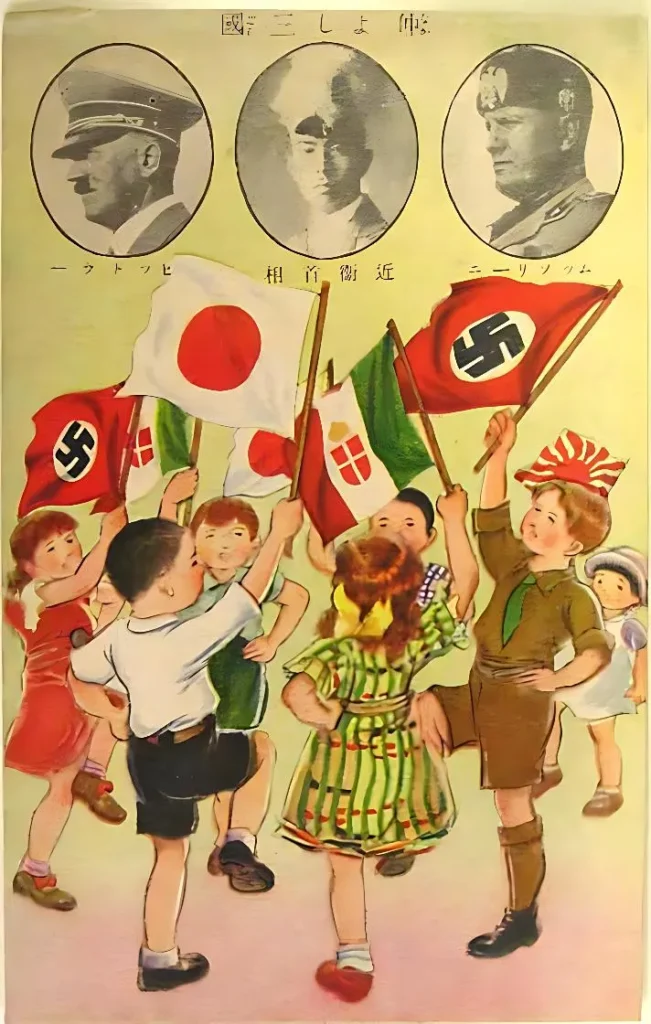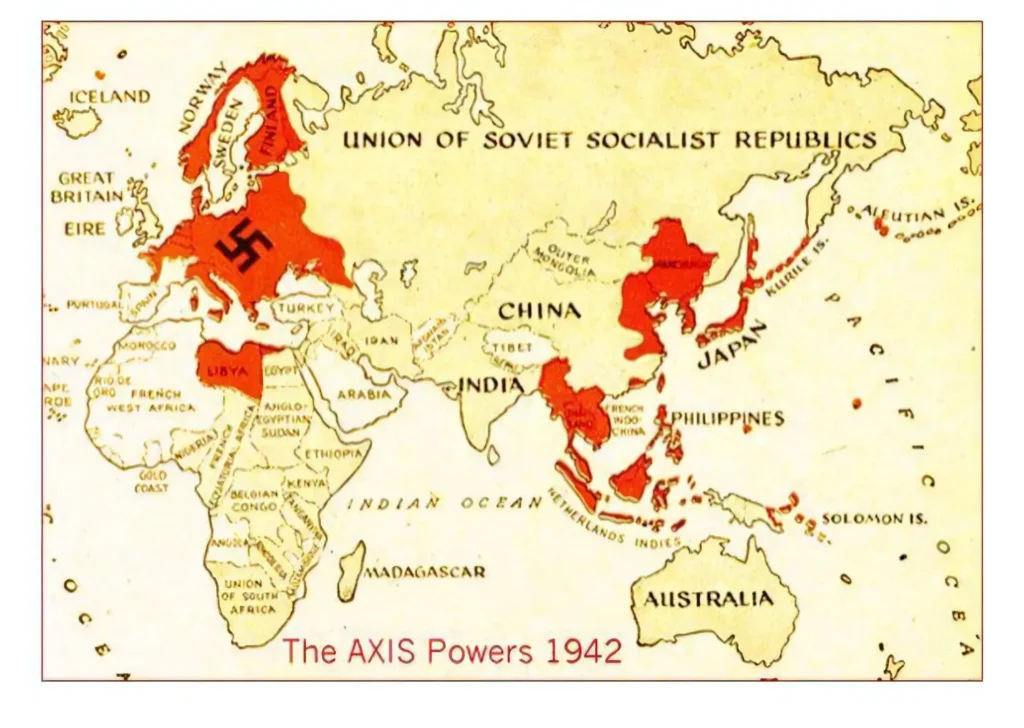The notion of the Axis powers as a cohesive, natural alliance during World War II is often taken for granted. However, the relationships between Germany, Italy, and Japan were far more complex and situational than commonly perceived. Initially, these nations did not form an alliance based on shared ideologies or mutual goals but were driven together by circumstances and strategic necessities.
Fast Track:
TL;DR
Historical Context and Misaligned Interactions The late unification and industrialization of Germany, Italy, and Japan in the late 19th century put these nations on a path of aggressive expansionism. Yet, their motives and methods often diverged significantly. Germany, already partially industrialized, sought to catch up with Western powers, while Japan and Italy, still largely agricultural, struggled with internal economic pressures exacerbated by the Great Depression.

Early Conflicts and Divergent Goals Italy’s invasion of Ethiopia in 1935 and Japan’s expansion into Manchuria were early indicators of their imperial ambitions, yet these actions did not align with German interests. For instance, during Italy’s conflict in Ethiopia, Germany did not support Italy; instead, Hitler’s regime was more focused on remilitarizing and expanding its own territories, such as the Rhineland.
The Path to Alignment The formation of the Axis alliance was gradual and fraught with hesitations and misunderstandings. The Anti-Comintern Pact of 1936 between Germany and Japan, ostensibly against communist internationalism, marked the beginning of their alignment, yet it was not until later events that Italy joined the pact. The alliance was cemented not by shared values but by mutual isolation and opposition from other global powers.

TL;DR
- 🌍 Late Developers: Germany, Italy, and Japan’s late unification and industrialization pushed them towards aggressive expansionism.
- ⚔️ Conflict and Cooperation: Initial interactions between the Axis powers were marked by conflicting interests, particularly visible in their respective imperialist activities.
- 🤝 Forced Alliance: The Axis was formed not out of natural cooperation but through mutual necessity and strategic alignment against common enemies.
- 📜 Anti-Comintern Pact: This pact symbolized the beginning of cooperative efforts against perceived communist threats, leading to a more formalized alliance.
- 🌐 Global Isolation: Increasing international isolation and opposition pushed these nations closer together, culminating in the signing of the Tripartite Pact in 1940.
The Axis powers, often portrayed as a united front, were in reality a coalition of convenience. Their alliance was less about ideological camaraderie and more about geopolitical strategy, shaped by the pressures and restraints of the international system of that time.
